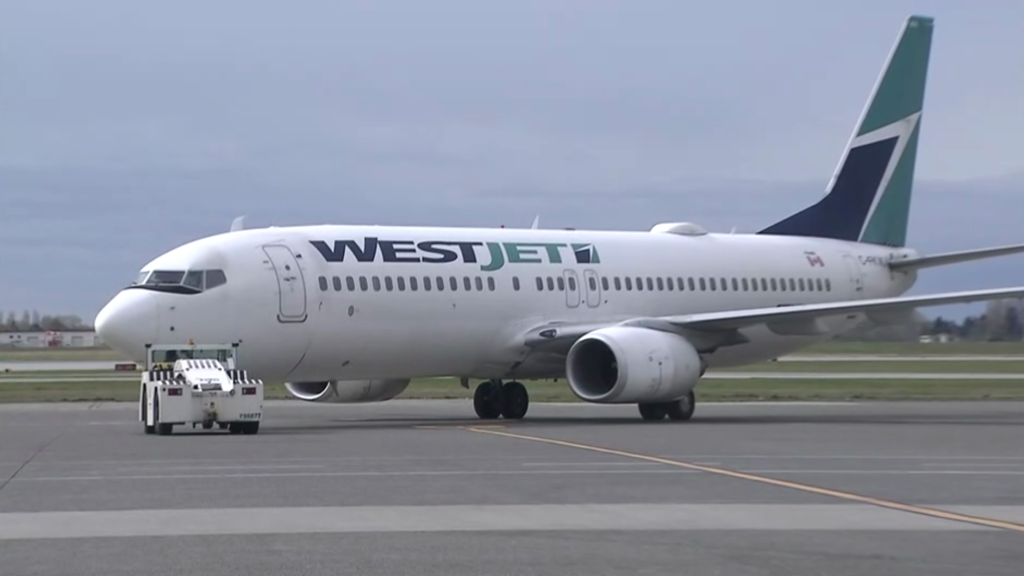Vancouver International Airport (YVR) back to normal after delay filled weekend

Operations are seemingly back to normal Monday at the Vancouver International Airport (YVR) after dozens of flights were delayed over the weekend due to constraints with NAV Canada navigation systems, as the country grapples with a nationwide shortage of air traffic controllers.
While there are concerns about further flight interruptions as the airport warns it’s anticipating a busy summer.
More than 65 flights were delayed on Saturday heading out of YVR, due to constraints with NAV Canada navigation systems that prompted a “temporary ground delay program…to address system capacity constraints due to unplanned absences,” an email to CityNews reads.
Advertisement
Andy Margolis, the Chief Operations Officer at YVR, says peak times this summer are estimated to surpass pre-pandemic levels.
He adds that a plan has been put in place to help more travellers within the airport itself.
“We’ve hired over 150 people to support in-terminal for summer, and they are there to assist passengers wherever they need to be assisted on that journey,” he said.
“Are we concerned? I’m concerned about anything that impacts the passenger experience. And as we know, and you’ve heard, and everyone’s very aware of the overall recovery of the aviation industry has had some bumps in that road — but we are all working together collectively.”
Related articles:
-
Dozens of flights delayed at Vancouver International Airport, cause ‘resolved’
-
Vancouver airport sees delays due to ‘operational issues’ with NAV Canada
-
YVR delays amid NAV Canada issues symptom of bigger issue: union
Additionally, NAV Canada says 400 air traffic controllers are currently in training and another 600 are slated to enter training within the next few years.
Advertisement
“There are many sources of delays that can affect air traffic, such as adverse weather, infrastructure maintenance, construction and staffing with many parties involved – airlines, airport operations, security, baggage handling, and others in addition to NAV CANADA. Weather is by far the most frequent source of delays that air traffic control help manage,” a statement to CityNews reads.
“Despite all best efforts and intentions, aircraft movement delays and cancellation do occur at times. One of the mechanisms to safely manage demand at an airport environment is a Ground Delay Program (GDP). GDPs are used to regulate the flow of air traffic to a specific airport when arrival and departure demand exceeds capacity for a period of time.”
It adds that GDPs can be implemented for various reasons, including if people are sick.
“When GDPs occur, they are always temporary, and we do everything we can reduce their duration and increase the arrival rate. We are regularly able to cancel GDPs early or systematically increase the arrival rate within a GDP due to mitigation as our dedicated air traffic controllers work to keep aircraft moving safely and efficiently. NAV CANADA always works collaboratively with our industry partners to ensure minimal impact to flight schedules.”
But this isn’t the first time delays like this have happened, and advocates have previously said delays are a symptom of a bigger issue.
Advertisement
“Those controllers have been working long shifts, at all hours of the day and night, long weeks, and this is going to continue for a long time. They should be recognized for that. And the fact of the matter is there are other things going on here and, mainly, we don’t have enough air traffic controllers in this country,” Nick von Schoenberg, president of the Canadian Air Traffic Control Association, previously told CityNews.